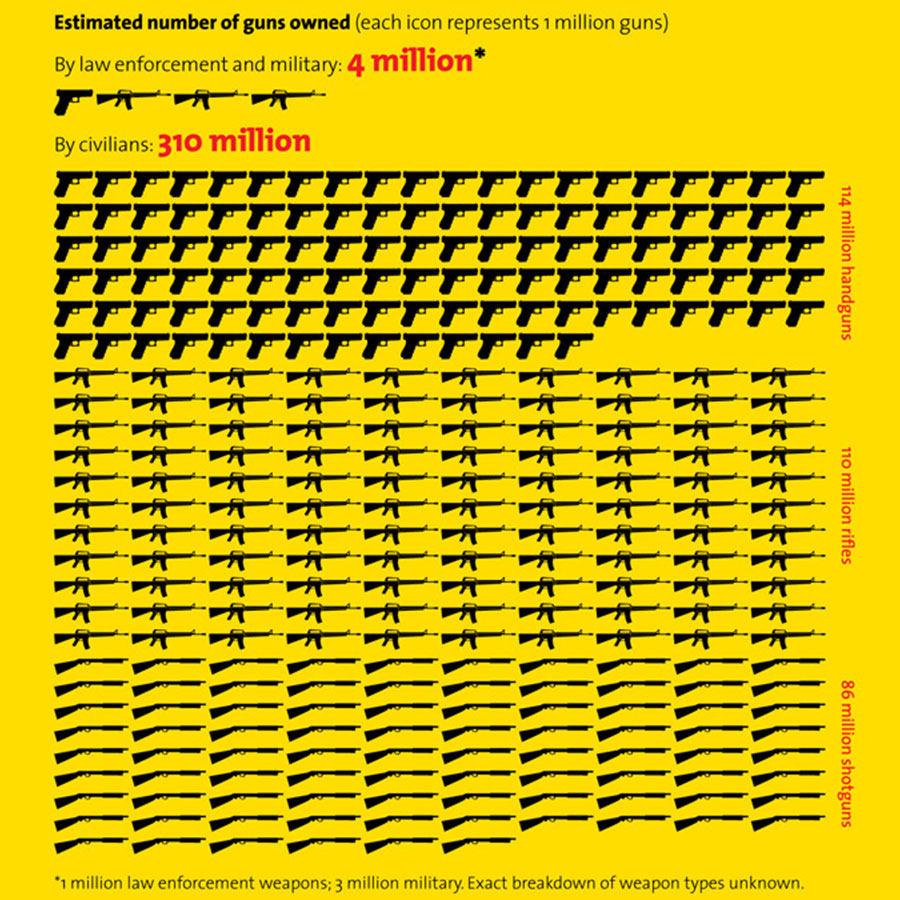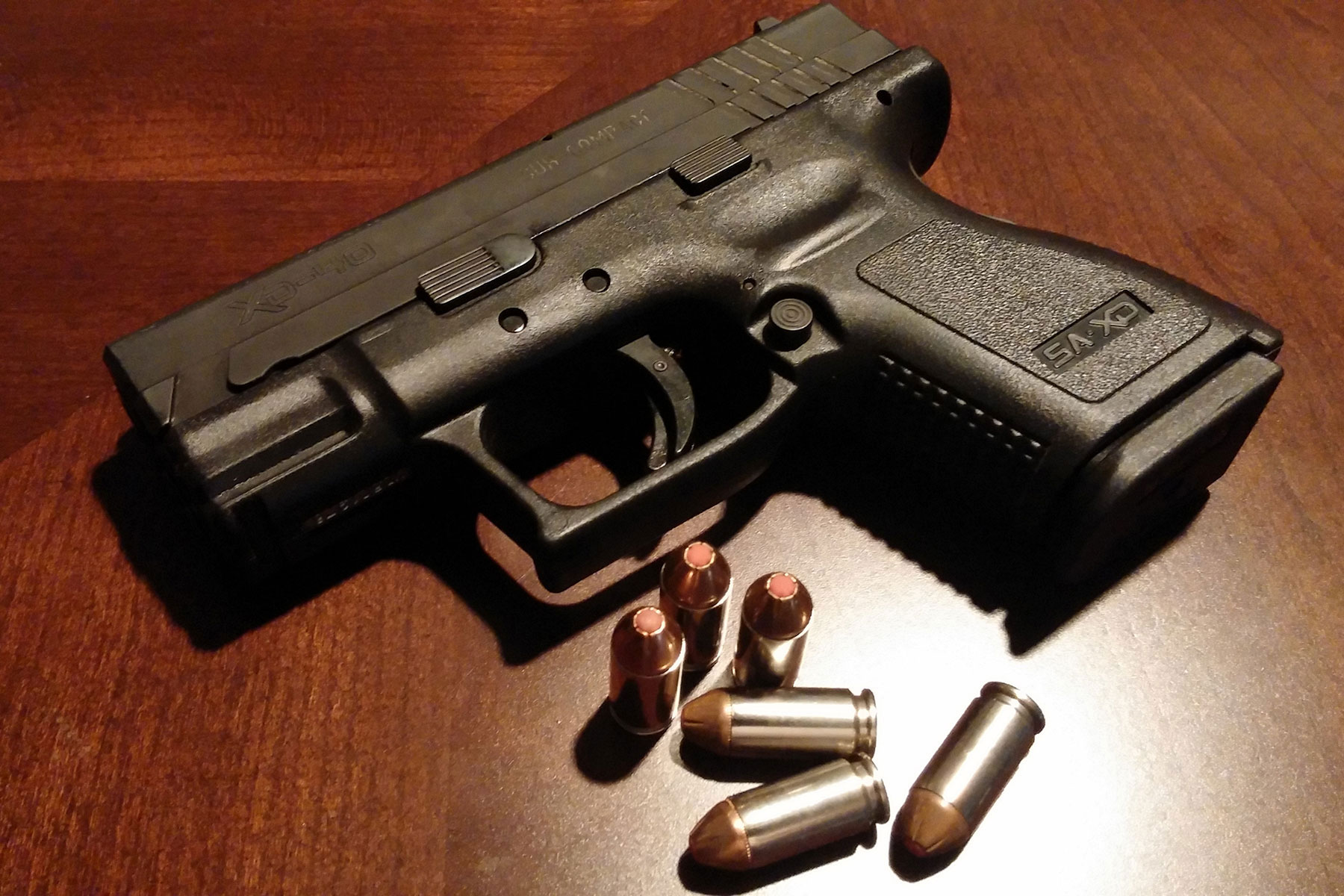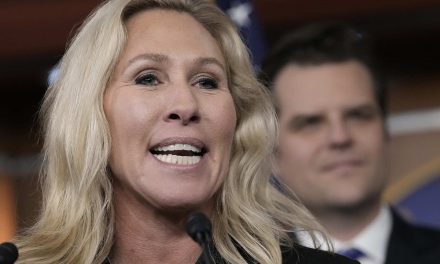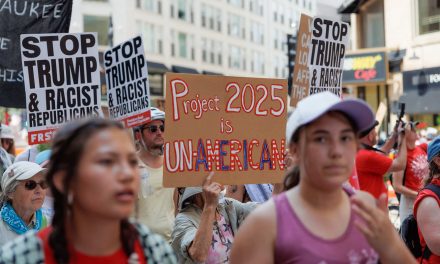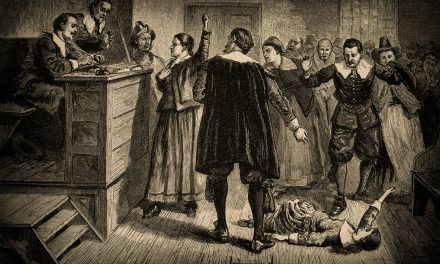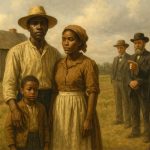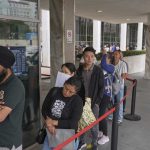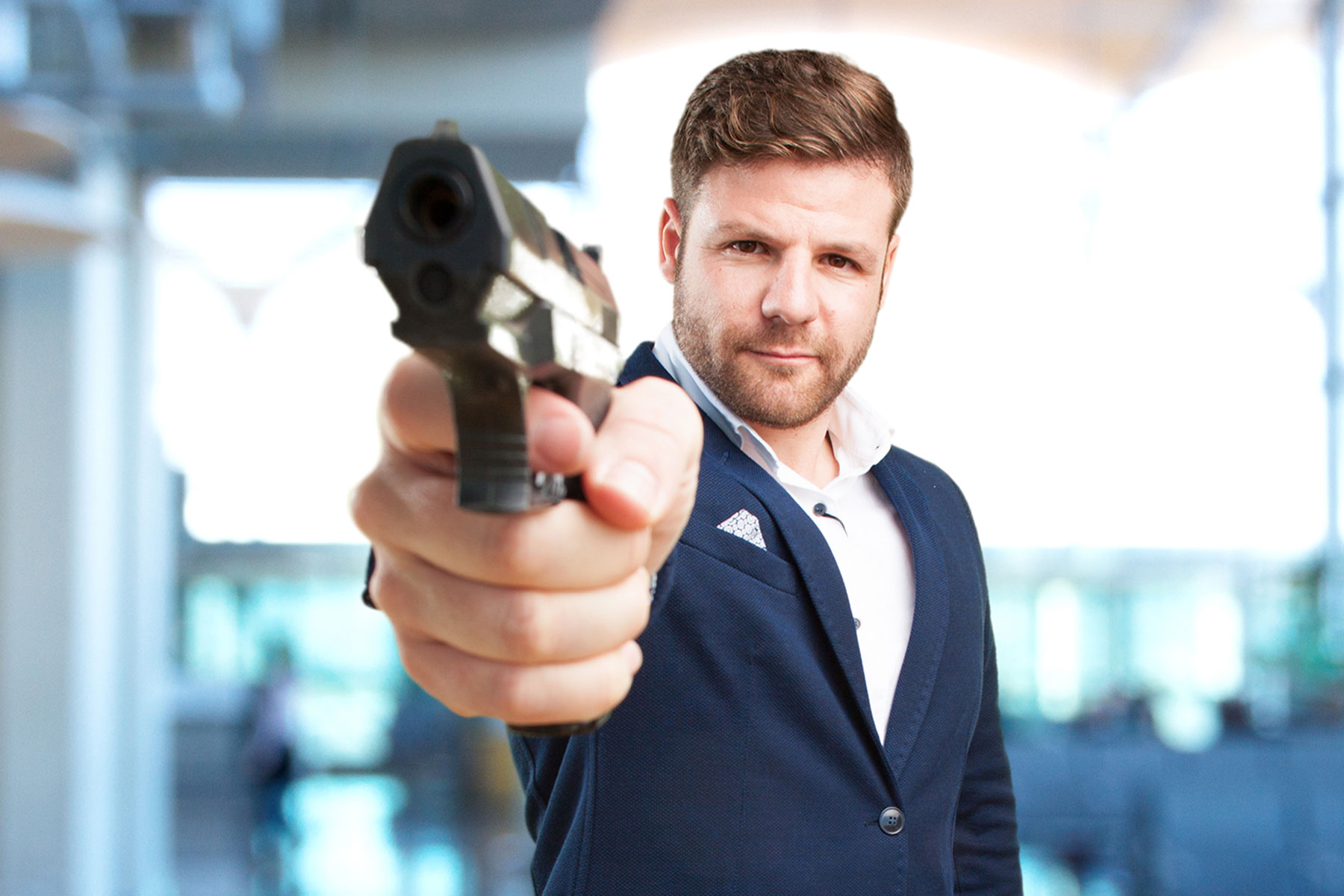
All across the United States, school boards are having discussions and preparing teachers to be armed with a handgun at schools.
More than a thousand educators from 12 states have already taken part in a 3-day firearms training course in Ohio. Some of the funding was provided by pro-gun organizations, and yet other support came in by donations received after the Sandy Hook. That tragedy took the lives of 20 children and 6 staff members on December 14, 2012 by shooter Adam Lanza.
The rationale for arming educators is the same rationale that we have heard over and over again; “the only thing that can stop a bad guy with a gun, is a good guy with a gun.” This statement made famous by Wayne LaPierre, President of the National Rifle Association, has become the super lobby’s go-to renunciation and rationalization of responsibility.
I have heard this same narrative since my father was killed at the hands of a known white supremacist who was able to legally purchase a firearm 6-days prior to the shooting that happened at The Sikh Temple of Wisconsin. In fact, a prominent gun supporter told me once after this shooting, “I wish your father would have had a gun to protect himself and his congregation with.”
The statistics show there is approximately one gun for every person in America, which means that there are more than 300 million firearms in our country right now. The stock value of gun manufacturing companies hit record highs recently as the Trump Administration eased rules for the overseas sale of firearms. Now that we are arming everyone to the teeth the question becomes: do we really feel safer?
In a report published this year by the National Bureau of Economic Research, academics at Stanford Law School ran nearly 40 years worth of crime data through four different statistical models and came back with an unambiguous conclusion: states that made it easier for their citizens to go armed in public had higher levels of non-fatal violent crime than those states that restricted the right to carry.
For years, the question has been, is there any public safety benefit to right to carry laws? That is now settled. The answer is no.” — John Donohue, Stanford Law School
According to Mother Jones, for every time a gun is used in self-defense, there are seven assaults, 11 suicide attempts, and four accidents in or around the home. In reality, people far more likely to die at the hands of their own gun than they are to protect their family by shooting somebody else.
I remember the first time I got the news about the Sandy Hook massacre. I was teaching at a high school on the north side of Milwaukee. In the middle of class, a fellow teacher whispered in my ear that there had been a shooting in Newtown, Connecticut. He informed me that the victims are reported to be only 6 or 7 years old. My co-worker’s urgency in telling me came from his empathy for me. I could not believe it, in fact, I didn’t. However, once my fears were validated by the newsfeed, I felt a complete sense of hopelessness that our country has sank to such a level. I thought about the anguish that parents were experiencing. I thought about my own children in elementary school. I thought about this shooter and his mentality. Over the years, my thoughts have gone on to “why can’t we do anything about the rise of gun violence in our communities and schools.”
Maybe it is the same reason that we cannot pass policy that significantly addresses poverty, education, health care, climate change, or crime. Simply put, we live in a system that justifies the “status quo.” Jost (1994) proposed the Theory of System Justification, where members of both high-status, and low-status groups reinforce an unjust system through their thoughts and behaviors. This social psychology explains that reinforcing an unfair and negative system is a function of the ego, group, and system defense mechanisms. Conservatives have increased system justification tendencies over Liberals, however both are guilty.
It has become clear that the issue is not if are we able to do anything about the troubles that we see, but that we have chosen not to do anything.
Some people feel fine about the current situation, and others are completely overwhelmed by it. Both groups justify the status quo, because both will not offer solutions to fix the root causes. In this case, those that are fine with the conditions say that arming teachers will protect students from the proverbial “bad guy,” and those that are overwhelmed by the problem say “we need to ban all guns.” Either way, the opposite positions only lead to inaction, and ultimately lead to justify a declining status quo with a result of misery.
The fact of the matter is, the “good guy with a gun” theory has been debunked, so how do we address root causes and get to the heart of solutions for systematic dysfunctions? We do so by giving proper voice to the concern. We become less concerned about personal rationalization of our arguments, and understand the emotional and psychological toll that these issues are having on the world. Such as, what is the psychological toll of poverty, segregation, education, and even gun ownership? How will it feel for an educator to know that they will have to engage in a firefight with an active shooter? Will our school communities become less or more nurturing and healing? How are communities in general becoming less or more nurturing and healing?
Abbey Clements, whose 19 students survived that horrible tragedy in Newtown, is one of the educators fighting to keep guns outside of the classroom. Clements understands the difficulty and vicarious trauma that helping professionals, such as teachers, already face. She stated, “Never in a million years would I have guessed that one response to what happened in our town would be to arm teachers. It’s absurd. God, can you imagine if children were hurt by you in that situation? How would you live with yourself?”

